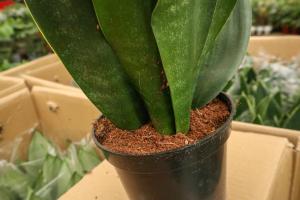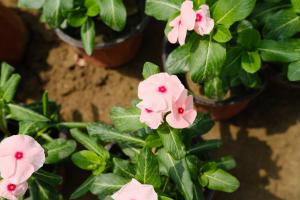Why are Pea Plants Good for Genetic Studies?
Pea plants, also known as Pisum sativum, have been instrumental in genetic studies for over a century. The reasons for their popularity in genetic research are varied, but primarily relate to the plant’s unique characteristics and ease of manipulation, making them an excellent candidate for genetic experimentation. The following paragraphs will examine some of the reasons why pea plants have become so popular in genetic research.
Physical Characteristics
One of the primary reasons pea plants are great for genetic studies is their physical characteristics. Pea plants have a relatively short life cycle, taking about three months from seed to maturity. This allows for multiple generations to be studied in a relatively short period of time. Additionally, pea plants self-pollinate, meaning they can fertilize themselves, making it easy to observe dominant and recessive traits in their offspring. Furthermore, pea plants have a simple structure, which makes them easy to observe and manipulate, as they only have a few distinguishable traits, such as flower color and pod texture.
Mendelian Inheritance
Gregor Mendel, an Austrian monk, conducted experiments on pea plants in the nineteenth century that led to his discovery of Mendelian inheritance, a fundamental concept in genetics. Mendel observed pea plants with distinguishable traits and found that these traits were inherited according to predictable patterns. The knowledge gained from his experiments has since become a cornerstone of modern genetics. His research on pea plants helped explain how traits are passed down from parent to offspring and how genetic variation occurs over time.
Mutagenesis
Pea plants are an ideal candidate for studying the effects of mutagenesis, the process of introducing mutations into an organism's genome, through chemicals or radiation. Mutations can be introduced in pea plants relatively easily, and any resulting changes can be observed in the subsequent generations. This ability to manipulate the genetic makeup of pea plants has led to important discoveries about gene function and regulation, and has allowed for the development of new crop varieties through selective breeding.
Genome Sequencing
Recent advances in technology have allowed for the sequencing of the pea plant genome, providing scientists with a more detailed understanding of the plant's genetic makeup. The sequencing has also helped to identify genes responsible for traits such as flowering time, seed size and disease resistance. The information gained from genome sequencing has helped to accelerate research into the genetic basis of plant traits and has led to the development of more efficient breeding strategies.
Conclusion
Pea plants are a versatile and valuable tool for genetic research. Their unique characteristics and simple structure make them an ideal choice for studying the effects of mutagenesis, Mendelian inheritance, and for sequencing their genome. Pea plants have proven to be an essential resource for researchers, helping them to better understand the genetic basis of plant traits, develop new varieties of crops and expand our knowledge of genetics as a whole.

 how many times do yo...
how many times do yo... how many planted tre...
how many planted tre... how many pine trees ...
how many pine trees ... how many pecan trees...
how many pecan trees... how many plants comp...
how many plants comp... how many plants can ...
how many plants can ... how many plants and ...
how many plants and ... how many pepper plan...
how many pepper plan...
































